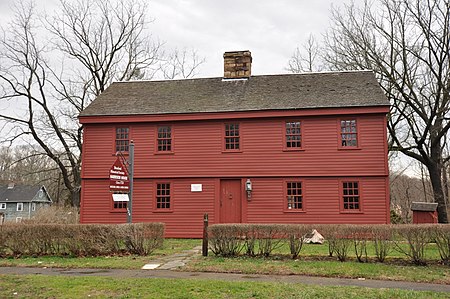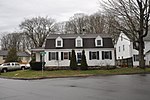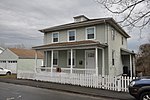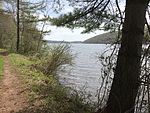Harrison House Museum
Historic American Buildings Survey in ConnecticutHistoric New EnglandHistoric district contributing properties in ConnecticutHistoric house museums in ConnecticutHistorical society museums in Connecticut ... and 6 more
Houses in Branford, ConnecticutHouses on the National Register of Historic Places in ConnecticutMuseums in New Haven County, ConnecticutNational Register of Historic Places in New Haven County, ConnecticutSaltbox architecture in ConnecticutUse mdy dates from August 2023

The Harrison House, also known as Harrison–Linsley House and incorrectly as the Swain-Harrison House, is a historic house museum at 124 Main Street in Branford, Connecticut. Built in 1724 by a descendant of Branford's founders, it is a good example of a Connecticut saltbox structure. The house was listed on the National Register of Historic Places in 1975, and is a contributing property to the Canoe Brook Historic District. Since 2016 it has been operated as a house museum by the Branford Historical Society.
Excerpt from the Wikipedia article Harrison House Museum (License: CC BY-SA 3.0, Authors, Images).Harrison House Museum
Main Street,
Geographical coordinates (GPS) Address Nearby Places Show on map
Geographical coordinates (GPS)
| Latitude | Longitude |
|---|---|
| N 41.278055555556 ° | E -72.826111111111 ° |
Address
Main Street 46-50
06405
Connecticut, United States
Open on Google Maps









